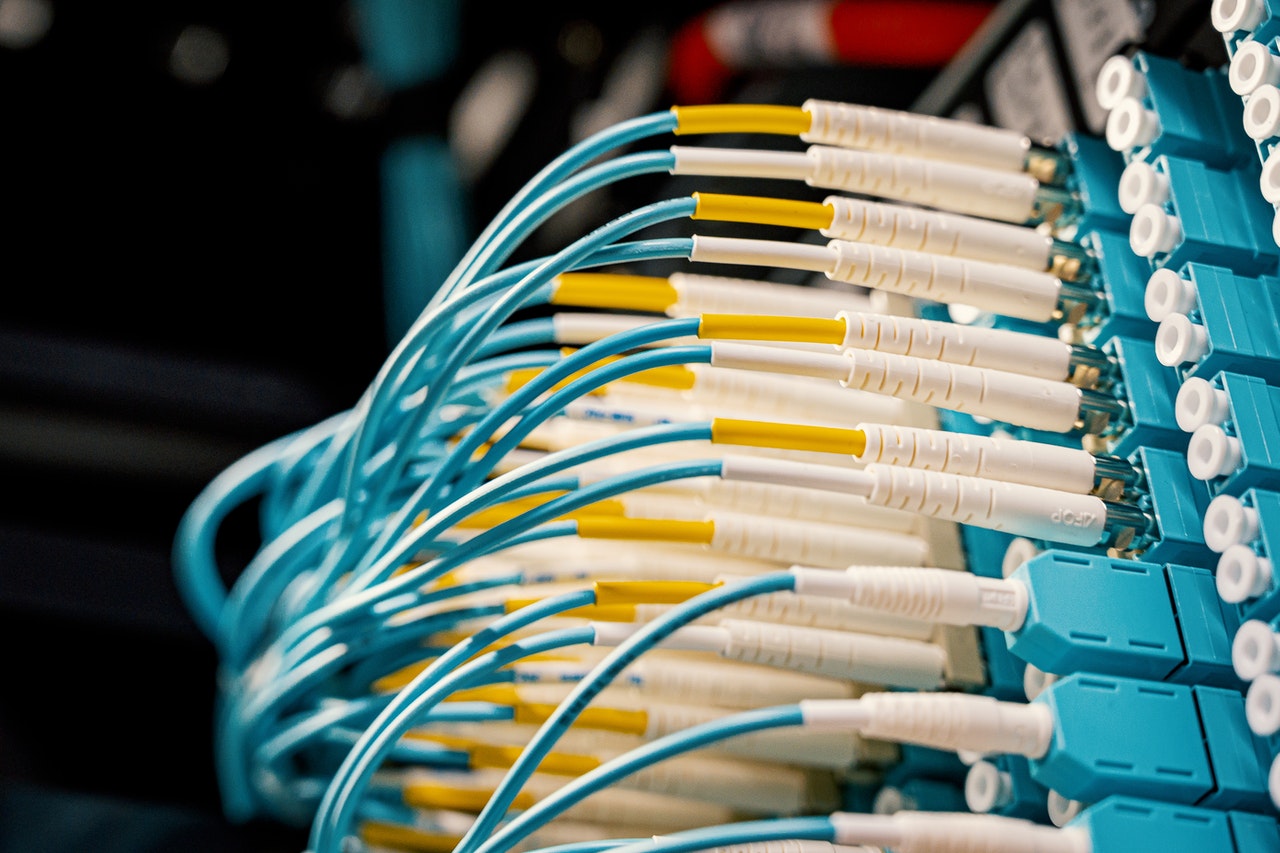Electrical Cables – Everything You Need to Know
We use electrical cables every day, everywhere. But it’s not often we stop to think about how these cables work. In this article, we’ll outline everything you need to know about electrical cables—giving you the knowledge you need to make the right choice for your business.
While many people consider wires and cables as the same thing—they’re quite different. An electrical wire comprises a single electrical conductor, while a cable consists of a bundle of wires within a singular casing. Both wires and cables carry electrical current.
Wires vs. cables
Most older homes feature single-conductor wires in their electrical systems. In modern buildings, however, you’ll usually find multiconductor cables, which are the more convenient choice.
Multiconductor cables are usually made from plastic or metal and contain three to four wires. These wires include a one or two “hot” wires, a neutral wire, and a grounding wire. The hot and neutral wires are insulated with a thermoplastic material, while the grounding wire may not be insulated. To prevent connection errors, the wires are colour coded.
Common cable types
A huge variety of cables exist in the world today. Some cable types include:
- Communications cables
- Direct-buried cables
- Metallic sheathed cables
- Non-metallic sheathed cables
- Multiconductor cables
- Paired cables
- Extension cords
- Ribbon cables
- Screened cables
- Submersible cables
- Flexible cables
- Overhead power lines
- Audio Art Cable
Each type of cable is designed for use within different industry and domestic applications.
Business uses for electrical cables
Let’s dive deeper into some of the more common cable types.
Communications cables, which include coaxial cables, Heliax cables, twisted pair cables, and fiber optic tables, are commonly used within the telecommunications industry. Coaxial cables feature four layers with a common axis. At the central part of a coaxial cable sits a conductor, which is covered by an insulating plastic layer.
Coaxial cables transmit high-frequency signals. Typical uses of coaxial cables include TV signal distribution and signal transmission between transmitters, receivers, and antennae.
Portable cables or extension cords are often used to provide temporary AC power. These cables feature connections on each end and are generally used to extend a power source for portable equipment, such as machines and electronic devices.
Multicore cables avoid messy connections by containing 10 to 20 wires within one insulated sheath. These cables are frequently used to transmit audio and visual signals. You’ll find them in TV studios, gaming consoles, and various networking applications.
Electrical cable prices: determining factors
The cost of electrical cabling will depend on several factors, including the type of building, where and how the electrician can run the cabling, and whether structured wiring is required.
For heavy-duty installations, structured wiring will rack up additional costs per square metre.
If the electrician can run the cabling through accessible spaces, such as basements, floor joists, or attics, cabling costs will be much cheaper.
Conclusion
A huge variety of cable types exist on the market, and you’ll find each type used in different domestic and industrial applications. By understanding the diverse types of cabling and the factors involved in installation costs, you’ll know which choice is best for your business.

